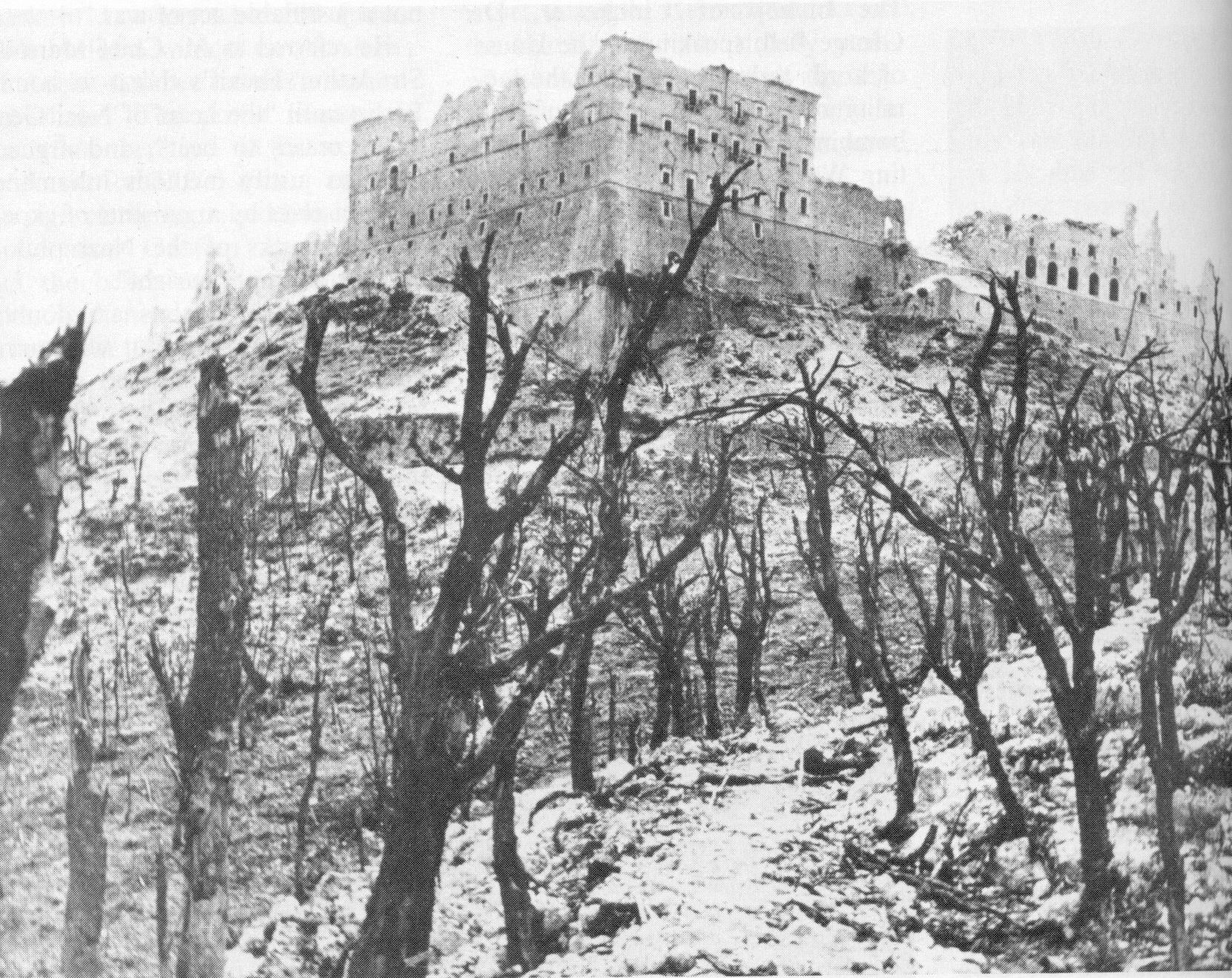Gurkhas and the Battle for Hangman’s Hill, Monte Cassino, March 1944.
Gurkhas and the Battle for Hangman’s Hill, Monte Cassino, March 1944.
 Between January and May 1944, a series of four battles unfolded in Monte Cassino, Italy. These battles witnessed the Allied Forces engaged in some of the most gruelling combat of the Second World War. The treacherous mountainous terrain and harsh winter conditions were further compounded by the unwavering determination and expertise of the German defenders. Troops from various nations, including America, Britain, Canada, France, India, New Zealand, and Poland, were embroiled in this relentless struggle. The Indian Army contribution included troops from 1st/2nd Gurkha Rifles, 1st/5th Gurkha Rifles, 2nd/7th Gurkha Rifles and 1st/9th Gurkha Rifles.
Between January and May 1944, a series of four battles unfolded in Monte Cassino, Italy. These battles witnessed the Allied Forces engaged in some of the most gruelling combat of the Second World War. The treacherous mountainous terrain and harsh winter conditions were further compounded by the unwavering determination and expertise of the German defenders. Troops from various nations, including America, Britain, Canada, France, India, New Zealand, and Poland, were embroiled in this relentless struggle. The Indian Army contribution included troops from 1st/2nd Gurkha Rifles, 1st/5th Gurkha Rifles, 2nd/7th Gurkha Rifles and 1st/9th Gurkha Rifles.
Hitler’s unwavering resolve led him to establish a formidable defensive line known as the Gustav Line. Stretching 100 miles south of Rome, this defensive barrier was strategically positioned across the Apennine Mountain range, offering an advantageous terrain for protection. The Italian Campaign of the Second World War began in 1943 and steadily ground northwards against Italian and German troops. By early 1944, despite other Allied landings in the west of Italy, the Allies pushed north towards Rome and became dependent on capturing the key defensive points anchored around the ancient Benedictine Monastery at Monte Cassino.
On 15 March, a large attack was launched, with Allied commanders hoping that an increase in heavy aerial bombardment would turn the tide of the offensive. The initial attack, mainly led by the 4th Indian Division, appeared unsuccessful. In the confusion of battle, however, a single company of Gurkhas from the First Battalion of the 9th Gurkha Rifles (1/9GR) managed to capture a high point known as Hangman’s Hill, less than 250 meters from the monastery itself. The rest of 1/9GR rapidly joined them and over the next ten days the 4th Indian Division frantically attempted to press this advantage. The Division tried to secure the nearby town of Cassino, as well as use Hangman’s Hill to attack Monte Cassino directly. The German defenses, in both the town and monastery, were tenacious. Despite the Division’s best efforts, 1/9GR’s position at Hangman’s Hill became untenable as the Gurkhas ran low on supplies and ammunition. Eventually, the Gurkhas withdraw as it became clear that no wider breakthrough was immediately forthcoming.
The long-desired breakthrough at Monte Cassino did not occur until May. On 18 May 1944, Polish troops finally made their way to the ruined monastery and raised their flag, signifying its capture. With the capture of Monte Cassino and the breaking of the Gustav line, the main obstacle between Allied troops and Rome was destroyed.
Despite failing to trap or destroy much of the retreating German forces, Allied troops captured Rome on 4 June 1944, days before the Allied landings in Normandy. The Allied advance continued north through Italy for the rest of the war in Europe.

